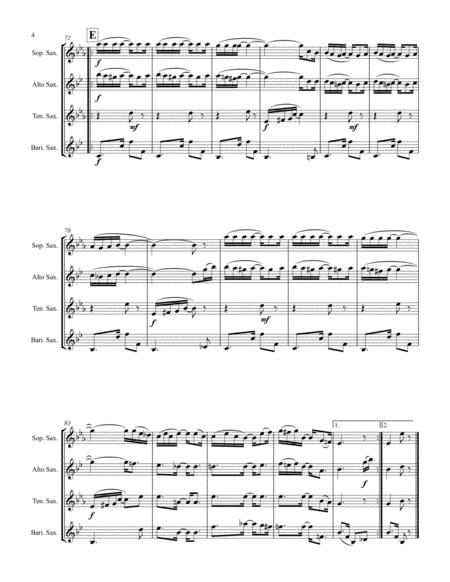

Scott Hayden and Arthur Marshall who were his fellow ragtime composers were also there. Going forward from the above success Joplin, accompanied by his wife Belle Jones, went and settled in St. There is a rhythmic coordination between both hands where there is an alternation between the left-handed bass/chord tune to the rhythmic melody in the right hand. The form followed here is the march musical genre and changes key after the second theme. The piano composition follows a multi-thematic form, meaning, it was written as a piece comprising of multiple melodies. Though receiving a lukewarm reaction at the time of its debut, Maple Leaf Rag’s eventual popularity would go on to become synonymous with Scott Joplin himself, rendering him an income from it till his demise. In 1899, Joplin, with the aid of publisher John Stark, published Maple Leaf Rag, the greatest piece that he would ever write. These two incidentally became Joplin’s first published songs.

The composer’s time in Sedalia was marked by the composition of the waltz pieces Please Say You Will and A Picture of Her Face. In 1894, Joplin moved to Sedalia, Missouri where he became a member of and performed with the Queen City Cornet Band. The latter inspired Joplin to actually write down and publish his songs. Joplin traveled to Chicago in 1893 during the World’s Fair where he played the cornet and acquainted himself with Otis Sanders, a musician. Smith College for Negroes’ sometime in the 1890s, where other ragtime composers looked up to him. His pursuit of musical studies took him to Sedalia's ‘ George R.

The 1880s took the young musician to places outside Texas where he performed by combining traditional western music such as waltz with African-American tunes. Scott Joplin was equally charismatic with the violin and the cornet and sang beautifully.

Joplin came from a music-loving heritage, which is evident from his father’s love for the violin and his mother’s love for singing and the banjo. From a rather early age, Joplin took piano lessons from Julius Weiss, a German music instructor. Joplin came from a very humble African-American family as his father was a laborer and his mother worked as a maid. Scott Joplin was the second born of six children and his family came from Texas, United States. Scott Joplin: The King of Ragtime Writers The School of Ragtime: Six Exercises for Piano.Some of Joplin’s major & popular published works: From The Entertainer, Solace to Maple Leaf Rag, Joplin led a life filled with distinctive music, before he eventually succumbed to syphilis in 1917. From the regions of Texas and Arkansas, Joplin showed an interest in piano from an early age and also in the then-emerging musical form, ragtime. But I also like it because of the deepening sense of melancholy that builds up as each of the four distinct sections are gradually unveiled.Scott Joplin, the musical pioneer and an inspiration for African-Americans in the 19 th and early 20 th century, was born sometime in the year 1868. That may be why I like this piece, because the cross-rhythms appear more natural than the somewhat four-square, march-like rhythms that lie behind the syncopations of most rags. Habanero is the quaver rhythm 123 123 12 played against a pulse of four beats in the bar. The “Mexican serenade” Solace, the only piece Joplin wrote in tango, or more specifically “habanero” rhythm, remains my favorite example. It needed a performer such as Rifkin to come along to bring out the lyrical nature of the music. Did the Scott Joplin revival brought about by the classical pianist Joshua Rifkin in 1970 (intensified shortly afterwards by the use of Joplin’s music in the film The Sting) do the same thing for ragtime? I don’t think so – Joplin deliberately pushed ragtime forms towards classical piano style, to the extent that it’s been suggested that he did for rag what Chopin did for the mazurka (a folk-derived dance from Poland). That got me wondering when I chose this next piece for the blog. (It’s a more complex argument than that – I recommend the book highly). Classical music’s appropriation of folk in the early years of the 20th century, while it inspired some great music, is nevertheless criticized for turning “authentic” folk songs into something safe and polite, more suitable for the drawing room and concert hall. I’m currently reading and enjoying the book Electric Eden – Unearthing Britain’s Visionary Music by Rob Young, and in it Young highlights various waves of folk music revival.


 0 kommentar(er)
0 kommentar(er)
